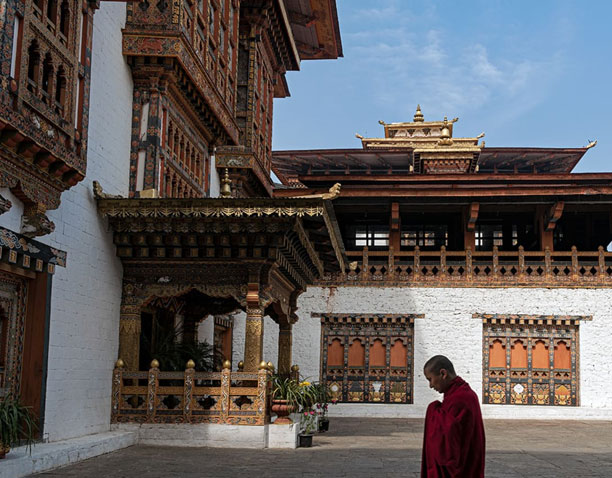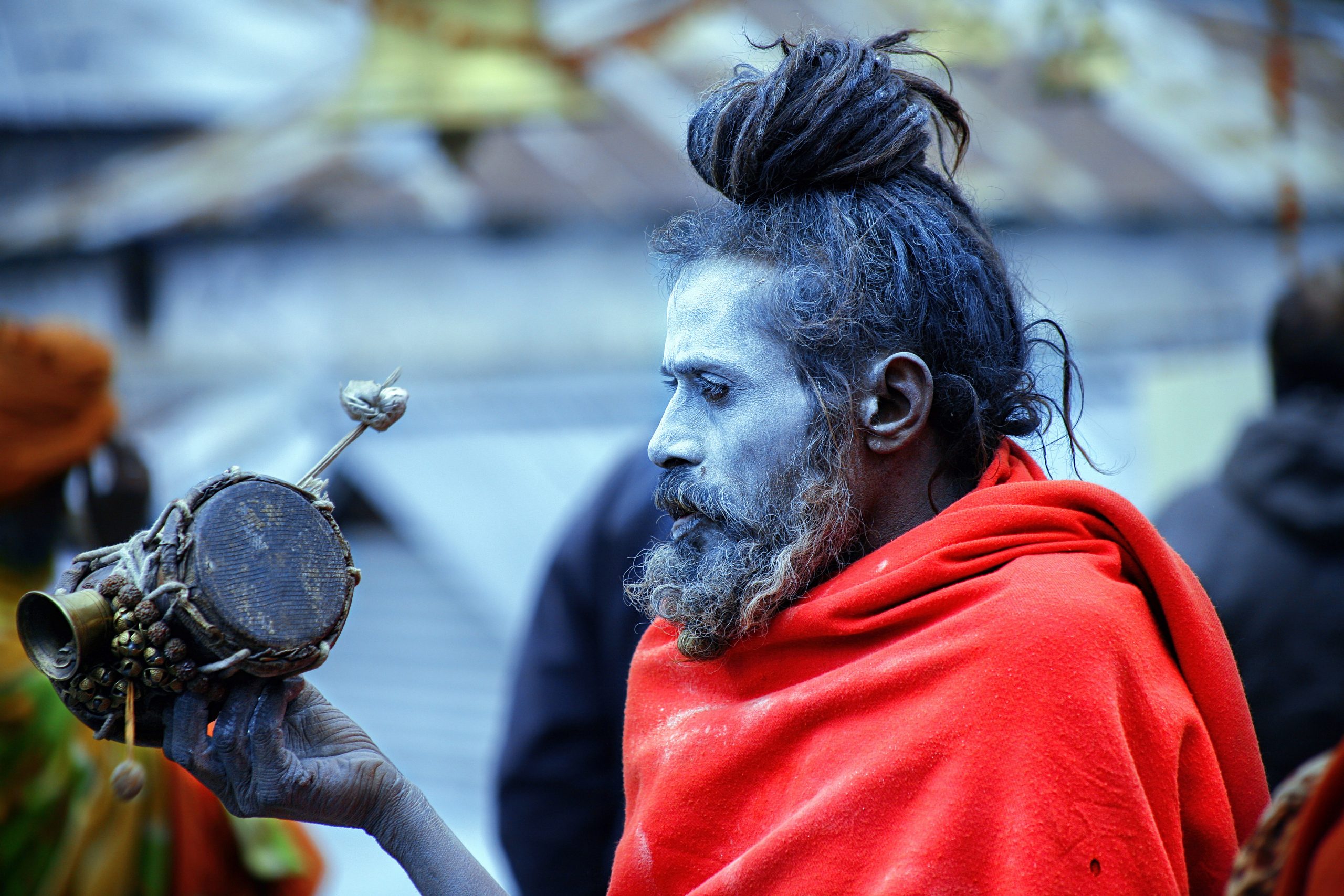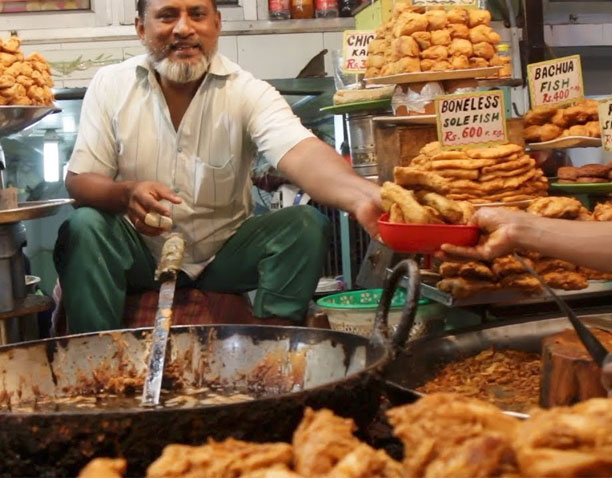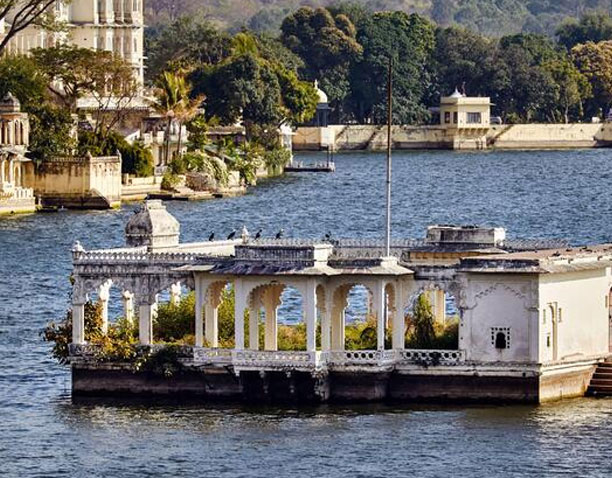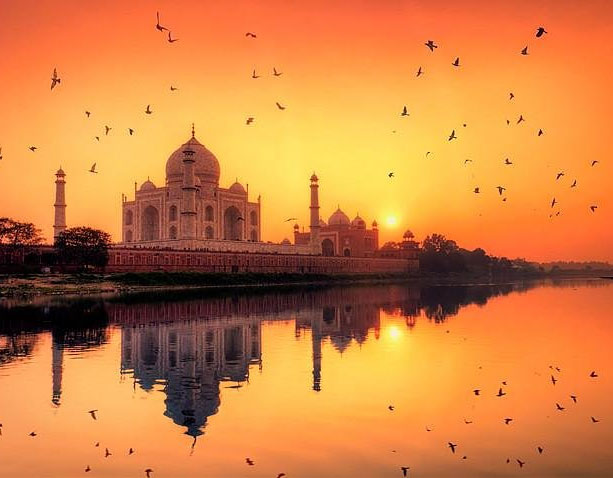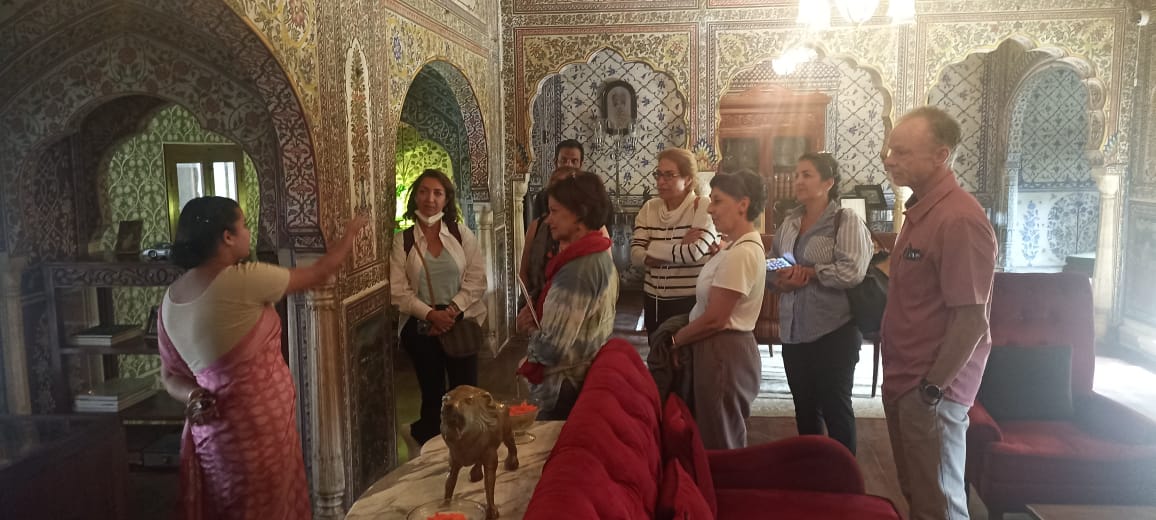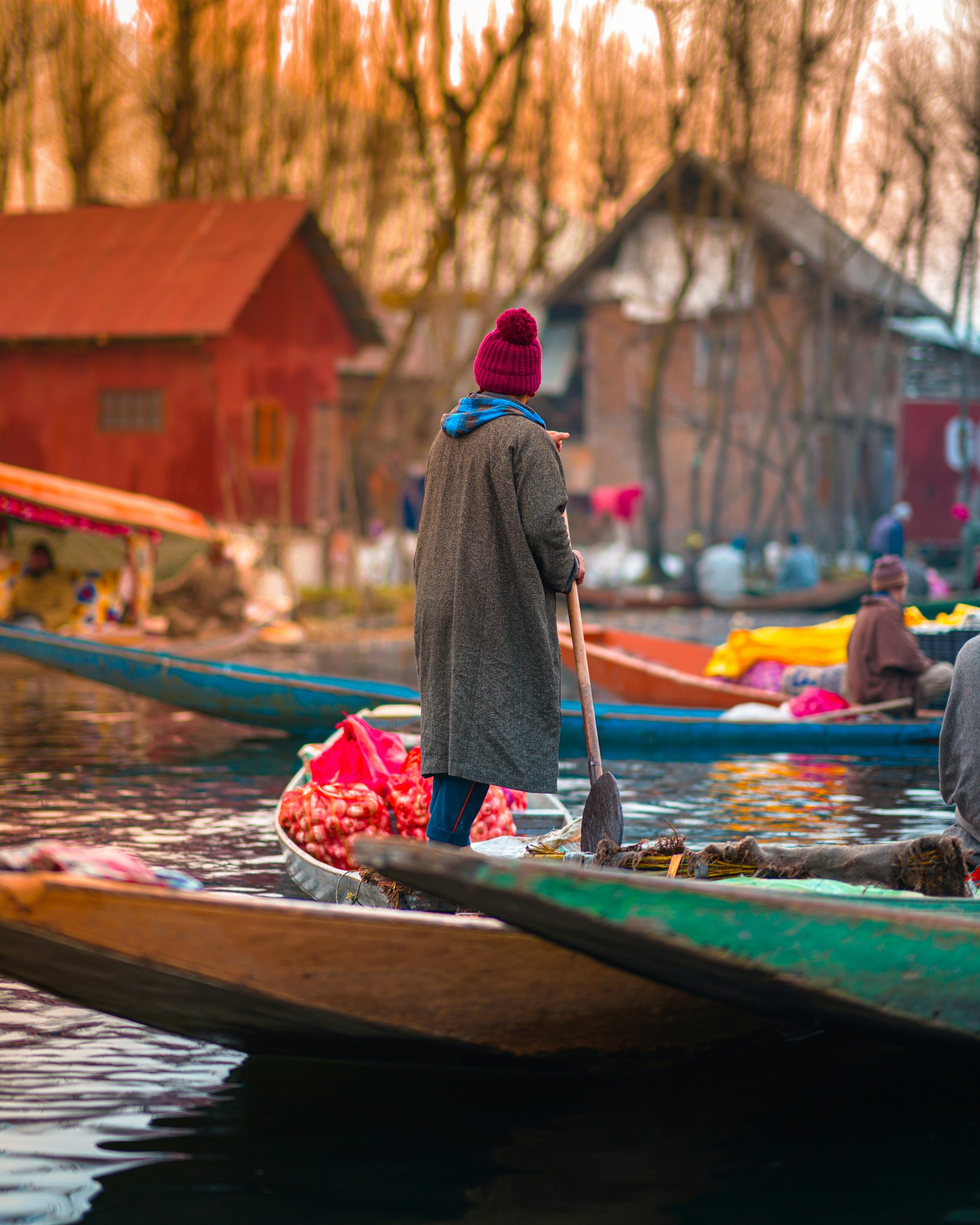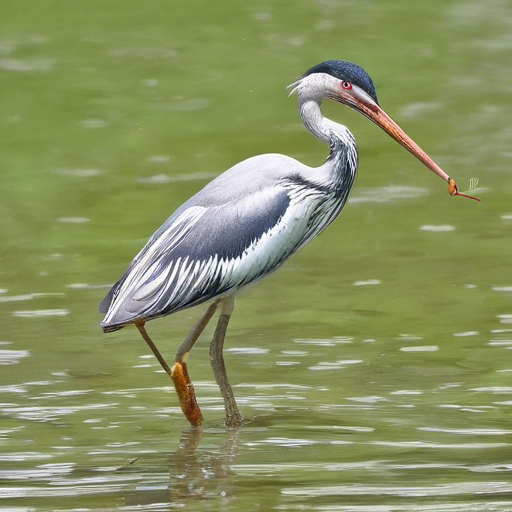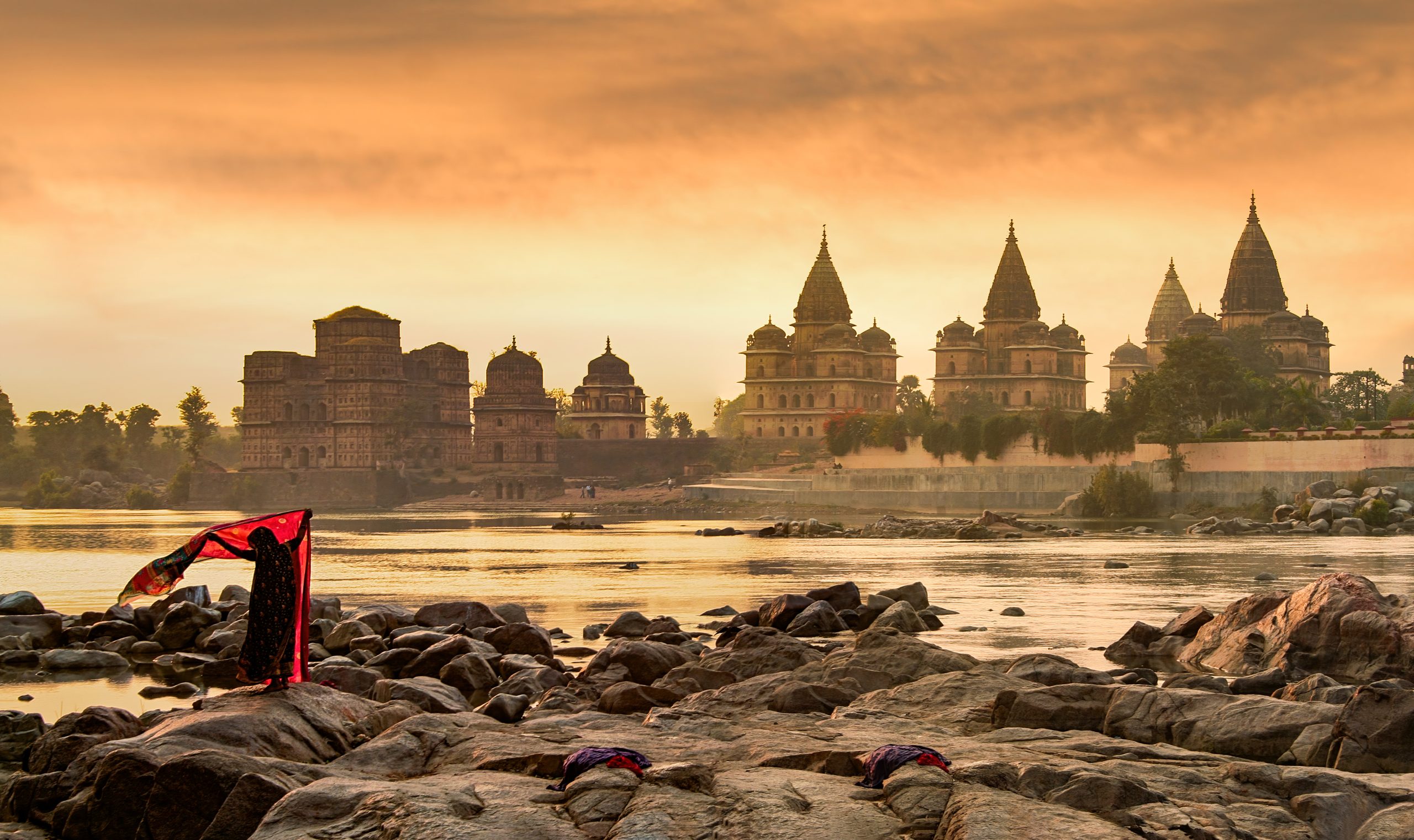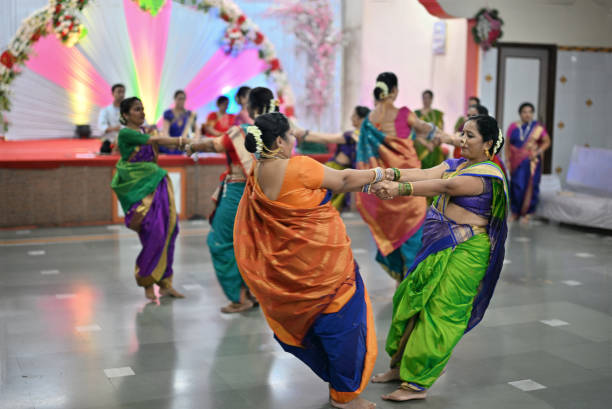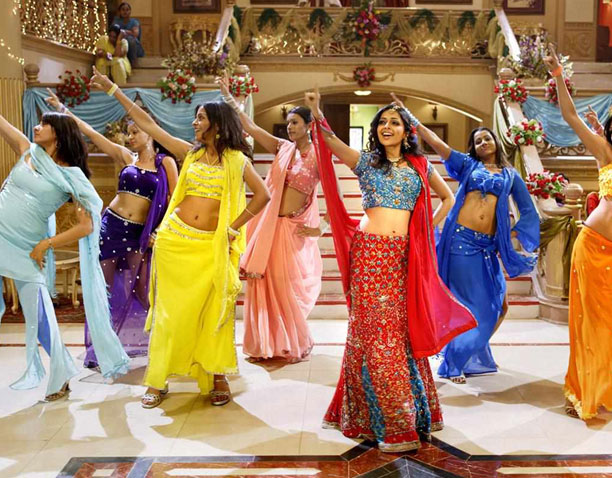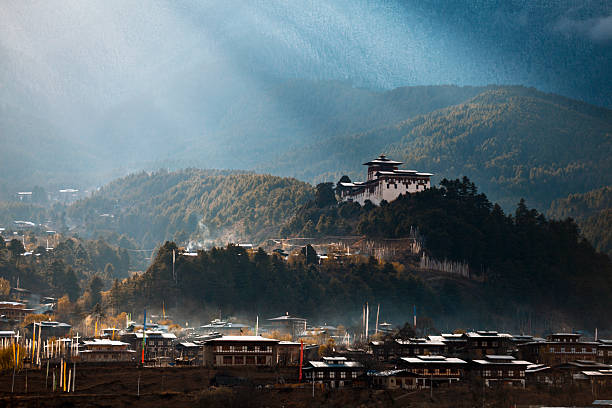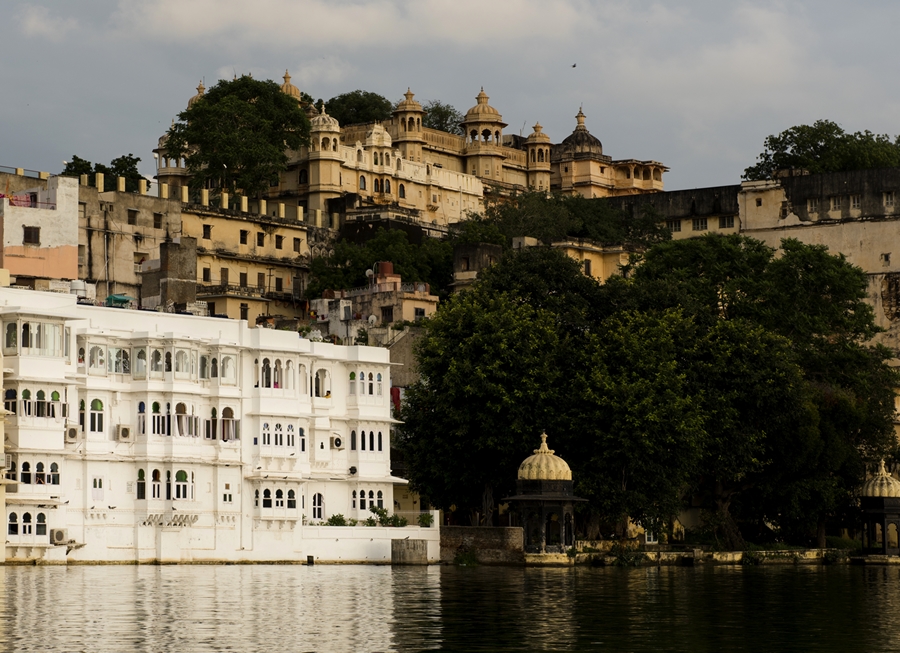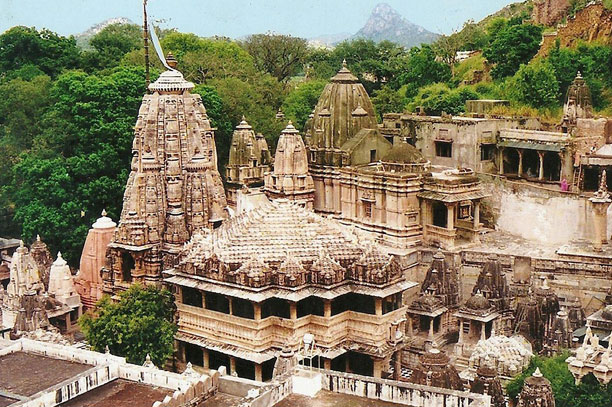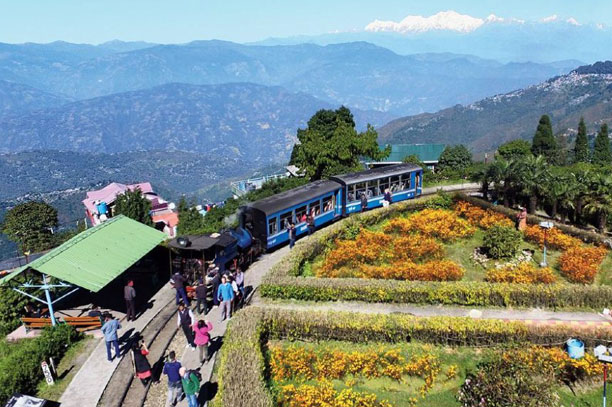
Exploring the Cultural Heritage of Bhutan
Bhutan, often referred to as the “Land of the Thunder Dragon,” is a country steeped in rich cultural heritage. The Bhutanese people take immense pride in preserving their traditions and customs, which have been passed down through generations. As you embark on your journey through Bhutan, you’ll have the opportunity to immerse yourself in this unique cultural experience.
One of the highlights of Bhutan’s cultural heritage is its architecture. The country is known for its stunning monasteries, dzongs (fortresses), and traditional Bhutanese houses. The Taktsang Monastery, also known as the Tiger’s Nest, is perched precariously on a cliffside and offers breathtaking views of the surrounding mountains. It is a sacred site for Buddhists and is believed to be the place where Guru Rinpoche meditated in the 8th century.
In addition to its architecture, Bhutan is also famous for its vibrant festivals. The Tsechu festivals, held in various monasteries throughout the country, are a spectacle to behold. These festivals showcase traditional Bhutanese dances, colorful costumes, and religious rituals. The Paro Tsechu, held in the Paro Valley, is one of the most popular festivals and attracts both locals and tourists alike. It is a celebration of Bhutanese culture and provides a fascinating insight into the country’s traditions.
Bhutan’s cultural heritage is not limited to its architecture and festivals. The Bhutanese people have a deep-rooted connection with nature and spirituality. Buddhism is the predominant religion in Bhutan, and you’ll find Buddhist temples and prayer flags scattered throughout the country. The Bhutanese people believe in living in harmony with nature and have a strong belief in the concept of Gross National Happiness. This unique philosophy emphasizes the importance of spiritual well-being and environmental conservation.
Discovering the Natural Beauty of Bhutan
Bhutan is a paradise for nature lovers, with its pristine landscapes and breathtaking beauty. The country is nestled in the eastern Himalayas and is home to a wide range of flora and fauna. From snow-capped mountains to lush green valleys, Bhutan’s natural beauty will leave you spellbound.
One of the must-visit places in Bhutan is the Phobjikha Valley, also known as the Gangtey Valley. This picturesque valley is located at an altitude of 3,000 meters and is famous for its stunning scenery and wildlife. It is the winter home of the endangered black-necked cranes, which migrate from Tibet every year. The valley is also home to several monasteries, including the Gangtey Monastery, which offers a serene and peaceful atmosphere.
Another natural wonder in Bhutan is the Punakha Dzong. Located at the confluence of the Pho Chhu and Mo Chhu rivers, this fortress is not only a magnificent example of Bhutanese architecture but also offers breathtaking views of the surrounding mountains and the river. The dzong is also home to the sacred relics of Bhutan’s first unified Buddhist leader, Zhabdrung Ngawang Namgyal. It is a must-visit destination to experience the tranquility and beauty of Bhutan.
For those seeking adventure, Bhutan offers several trekking opportunities. The Jomolhari Trek is one of the most popular treks in Bhutan, offering stunning views of Mount Jomolhari, which stands at an impressive height of 7,314 meters. The trek takes you through remote villages, high mountain passes, and pristine landscapes, providing an immersive experience in Bhutan’s natural beauty.
Bhutan’s unique blend of cultural heritage and natural beauty makes it a truly captivating destination. Whether you’re exploring ancient monasteries, witnessing colorful festivals, or immersing yourself in the tranquility of its valleys, Bhutan will leave an indelible mark on your soul.
Bhutan’s Unique Festivals and Traditions
Bhutan is a country known for its vibrant festivals and rich traditions. These festivals play a significant role in the lives of the Bhutanese people and offer a glimpse into their unique cultural heritage. From elaborate mask dances to traditional music and rituals, Bhutan’s festivals are a feast for the senses.
One of the most famous festivals in Bhutan is the Tshechu, which translates to “tenth day” in Bhutanese. These festivals are held in various monasteries and dzongs throughout the country and are dedicated to Guru Rinpoche, the patron saint of Bhutan. The Tshechu festivals are a celebration of Bhutanese culture and offer a unique opportunity to witness traditional mask dances, known as cham dances. These dances depict various religious stories and are performed by monks dressed in vibrant costumes and intricate masks.
The Paro Tshechu, held in the Paro Valley, is one of the most popular festivals in Bhutan. It attracts both locals and tourists alike and features a series of dances, including the famous “Dance of the Black Hats.” This dance is performed by monks wearing black hats adorned with peacock feathers, and it is believed to ward off evil spirits.
Another unique festival in Bhutan is the Punakha Drubchen. This festival commemorates the victory of Bhutanese forces over the Tibetan army in the 17th century. The highlight of the festival is the reenactment of the battle, where men dressed in traditional warrior costumes perform mock combat. It is a fascinating spectacle that showcases Bhutanese history and traditions.
In addition to its festivals, Bhutan is also known for its traditional arts and crafts. The country is home to skilled artisans who create intricate woodwork, paintings, and textiles. The National Institute for Zorig Chusum, located in Thimphu, offers visitors the opportunity to witness these traditional crafts being practiced. From wood carving to thangka painting, a visit to this institute provides a deeper understanding of Bhutan’s artistic traditions.
Bhutan’s festivals and traditions are an integral part of the country’s cultural fabric. They offer a unique insight into Bhutanese life and provide an opportunity to witness the country’s rich heritage up close.
Journey through the Diverse Landscapes of India
India, with its vast and diverse landscapes, is a country that never fails to mesmerize travelers. From the snow-capped peaks of the Himalayas to the sun-kissed beaches of Goa, India offers a plethora of natural wonders waiting to be explored.
One of the most iconic natural landmarks in India is the Taj Mahal. Located in the city of Agra, the Taj Mahal is a UNESCO World Heritage Site and is considered one of the Seven Wonders of the World. This magnificent mausoleum was built by Emperor Shah Jahan in memory of his beloved wife, Mumtaz Mahal. Its white marble facade, intricate carvings, and stunning gardens make it a symbol of eternal love.
India’s diverse landscapes also include the lush green valleys of Himachal Pradesh. Shimla, the capital of Himachal Pradesh, is a popular hill station known for its colonial architecture and panoramic views of the surrounding mountains. The Mall Road, with its bustling markets and vibrant atmosphere, is a must-visit destination for shoppers and food enthusiasts.
For those seeking adventure, the state of Uttarakhand offers several opportunities for trekking and wildlife spotting. The Valley of Flowers National Park, located in the western Himalayas, is a UNESCO World Heritage Site and is known for its vibrant alpine meadows and diverse flora and fauna. It is a paradise for nature lovers and offers breathtaking views of snow-capped peaks, waterfalls, and meandering rivers.
India’s diverse landscapes also extend to its coastal regions. The state of Kerala, located in the southern part of India, is known for its backwaters, palm-fringed beaches, and lush green tea plantations. A houseboat cruise through the backwaters of Alleppey is a unique experience that allows you to immerse yourself in the tranquility of Kerala’s natural beauty.
From the majestic mountains to the serene beaches, India’s diverse landscapes offer something for every traveler. Whether you’re seeking adventure, relaxation, or cultural immersion, India will captivate you with its natural wonders.
The Vibrant Cities of Delhi and Mumbai
Delhi, the capital of India, and Mumbai, the financial capital, are two cities that showcase the vibrancy and diversity of the country. From historical monuments to bustling markets, these cities offer a unique blend of old-world charm and modernity.
Delhi, with its rich history dating back thousands of years, is a treasure trove of historical landmarks. The Red Fort, a UNESCO World Heritage Site, is one of the most iconic attractions in Delhi. Built by Emperor Shah Jahan, the fort is a stunning example of Mughal architecture and is a symbol of India’s rich heritage. The Jama Masjid, located near the Red Fort, is one of the largest mosques in India and offers panoramic views of Old Delhi.
Another must-visit destination in Delhi is the Qutub Minar. This towering minaret, built in the 12th century, is a UNESCO World Heritage Site and is surrounded by intricately carved pillars and ancient ruins. The Humayun’s Tomb, another UNESCO World Heritage Site, is a mausoleum built for the Mughal emperor Humayun and is considered a precursor to the Taj Mahal.
Mumbai, on the other hand, is a bustling metropolis known for its vibrant markets, colonial architecture, and Bollywood. The Gateway of India, located on the waterfront of Mumbai Harbor, is an iconic landmark and a popular tourist attraction. It was built to commemorate the visit of King George V and Queen Mary to Mumbai and offers stunning views of the Arabian Sea.
For those interested in history and culture, a visit to the Chhatrapati Shivaji Maharaj Vastu Sangrahalaya, formerly known as the Prince of Wales Museum, is a must. This museum houses a vast collection of art, artifacts, and archaeological exhibits that provide a glimpse into India’s rich history.
Mumbai’s vibrant markets, such as Crawford Market and Colaba Causeway, are a shopaholic’s paradise. From colorful textiles and jewelry to spices and handicrafts, these markets offer a wide range of products that reflect the diversity of India.
Delhi and Mumbai, with their contrasting yet complementary charms, are cities that showcase the essence of India. Whether you’re exploring the historical monuments of Delhi or delving into the bustling streets of Mumbai, these cities will leave a lasting impression on your journey.
Iconic Landmarks in Delhi and Mumbai
Delhi and Mumbai are home to some of the most iconic landmarks in India. These landmarks not only showcase the architectural beauty of the cities but also offer a glimpse into their rich history and cultural heritage.
In Delhi, the iconic Red Fort stands as a testament to the grandeur of the Mughal Empire. This magnificent fortress, built in the 17th century, is made of red sandstone and is a UNESCO World Heritage Site. It served as the residence of the Mughal emperors and is known for its intricate carvings and beautiful gardens. The Red Fort is a must-visit destination for history enthusiasts and offers a fascinating insight into Delhi’s past.
Another iconic landmark in Delhi is the India Gate, a war memorial dedicated to the Indian soldiers who lost their lives during World War I. This majestic arch stands at a height of 42 meters and is surrounded by lush green lawns. It is a popular spot for picnics and evening strolls and offers a beautiful view of the surrounding area.
In Mumbai, the Gateway of India is a symbol of the city’s colonial past. This grand arch, built to commemorate the visit of King George V and Queen Mary, stands at the waterfront of Mumbai Harbor and offers stunning views of the Arabian Sea. The Gateway of India is a popular tourist attraction and is often bustling with tourists and locals alike.
Another iconic landmark in Mumbai is the Chhatrapati Shivaji Terminus, formerly known as Victoria Terminus. This magnificent railway station, a UNESCO World Heritage Site, is a blend of Victorian Gothic and Indian architectural styles. It is one of the busiest railway stations in India and is a testament to Mumbai’s status as a major transportation hub.
These iconic landmarks in Delhi and Mumbai not only add to the beauty of the cities but also serve as a reminder of their historical and cultural significance. A visit to these landmarks is a must to truly appreciate the essence of these vibrant cities.
Experiencing the Rich History and Architecture of India
India’s rich history and architectural wonders are a testament to the country’s glorious past. From ancient temples to magnificent palaces, India offers a wealth of historical and architectural treasures waiting to be explored.
One of the most iconic historical sites in India is the Ajanta and Ellora Caves. Located in the state of Maharashtra, these caves are a UNESCO World Heritage Site and are renowned for their intricate rock-cut sculptures and paintings. The Ajanta Caves, dating back to the 2nd century BCE, are a series of Buddhist caves that depict the life of Buddha and other Buddhist legends. The Ellora Caves, on the other hand, showcase a mix of Buddhist, Hindu, and Jain art and span a period of over 600 years.
In Rajasthan, the state known for its rich history and colorful heritage, you’ll find several architectural marvels. The Amber Fort, located in the outskirts of Jaipur, is a magnificent fortress that offers panoramic views of the surrounding mountains and the city. The fort is known for its intricate carvings, mirror work, and beautiful frescoes.

